What’s Hot…And What’s Not – Part One
How to Spot the Industry’s Seven-Year Cycles and What You Should Be Doing to Take Advantage of the Current Cycle and Prepare for the Next
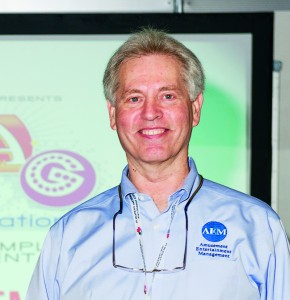
Frank Seninsky
by Frank Seninsky, President/CEO Amusement Entertainment Management (AEM) & Alpha-Omega Amusements & Sales
If we want to talk about trends in the industry, we should first discuss those seven-year cycles that seem to surprise and haunt us simultaneously. Those mangy cycles usually have to do with a new technology and how long that technology takes to gain traction (approach utilization of 20% of the market) and increase market share.
But a cycle can also be a repackaged existing concept using either a new or even old technology. Once a new idea or technology does gain traction, it will continue to penetrate the market at a high inclined curve to a peak in relevance and profitability. But by the time you hit the fifth year, the incline slows down, starts to flat line, and then most often decreases sharply known as “falling off the cliff.”
So far, I’ve seen different cycles happen seven times in my industry career now (7 x 7 = 49 years). It’s so predictable, but only if you are paying attention! Some examples that come to mind are: digital pinball, the video game boom, CD jukeboxes and then download jukeboxes, debit card systems, trampoline parks, removing lanes from traditional bowling centers to create bowling-anchored FECs, escape rooms, virtual reality, and ninja warrior courses.
History tells us that once you’re immersed in a trend, it’s time to start thinking about what’s next. You see that it’s good for your business and you’re making money with it, but by the fifth year, you should already be figuring out what to do when the cycle ends. This means getting ready to change it out, upgrade it or do something new even though it’s still potentially good for another three years.
This research and preparation gives you three years to work out what you’re going to do and take action. That should be plenty of time! However, the sad part about our industry (any pretty much every industry) is that everybody milks a good trend as if it is going to last forever, and then you get to the end of the seventh year and you no longer have time to figure out what you’re going to do next. It’s too late!
As the saying goes, “If it ain’t broken, don’t fix it.” Because of this, you haven’t been planning, getting your finances in order and getting ready to pull the trigger for “Plan A,” “Plan B,” or “Plan C.” Basically, you’re caught with your pants down and with your head in the sand, waiting for the next trade show to take a look at what’s new. HaHa!!
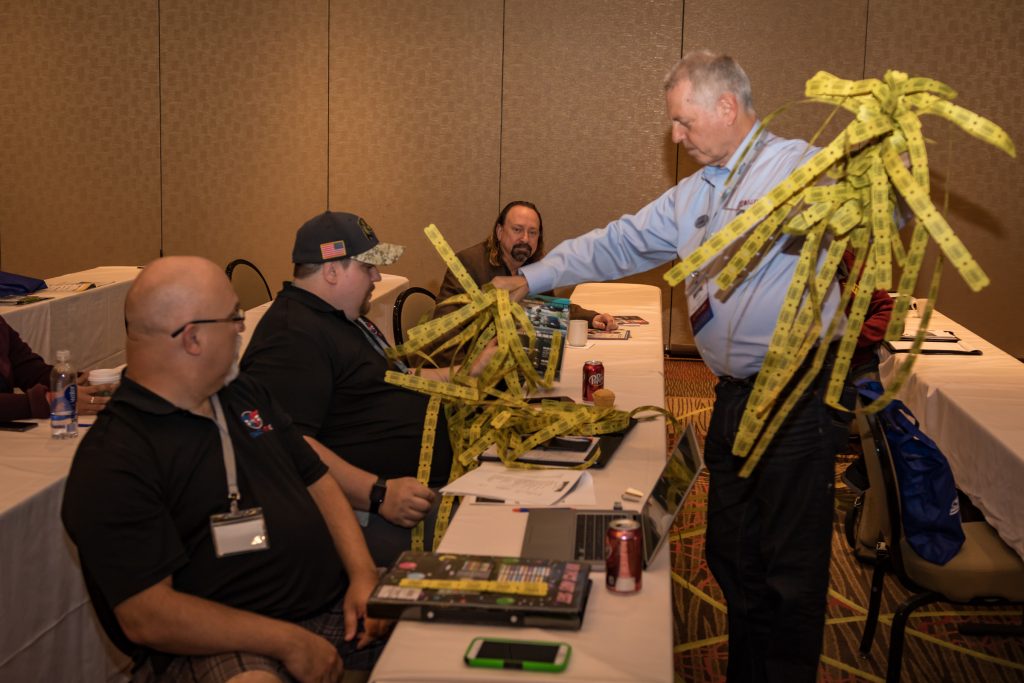
Frank Seninsky at Foundations University teaching why tickets are so important. Frank says he and his AEM team were the first to put ticket bundles into a candy crane and this started a new industry cycle.
Examples
• The Video Boom: Video games stormed the market a few years after initial games like Pong, TV Tennis, and Tank 4-pl were introduced. Traction really took hold with the advent of Space Invaders, Asteroids, Defender, Robotron, Pac-Man, Galaxy, Missile Command, etc. Video games were everywhere and as I recall, I could hardly lift the cashboxes they were so full of quarters.
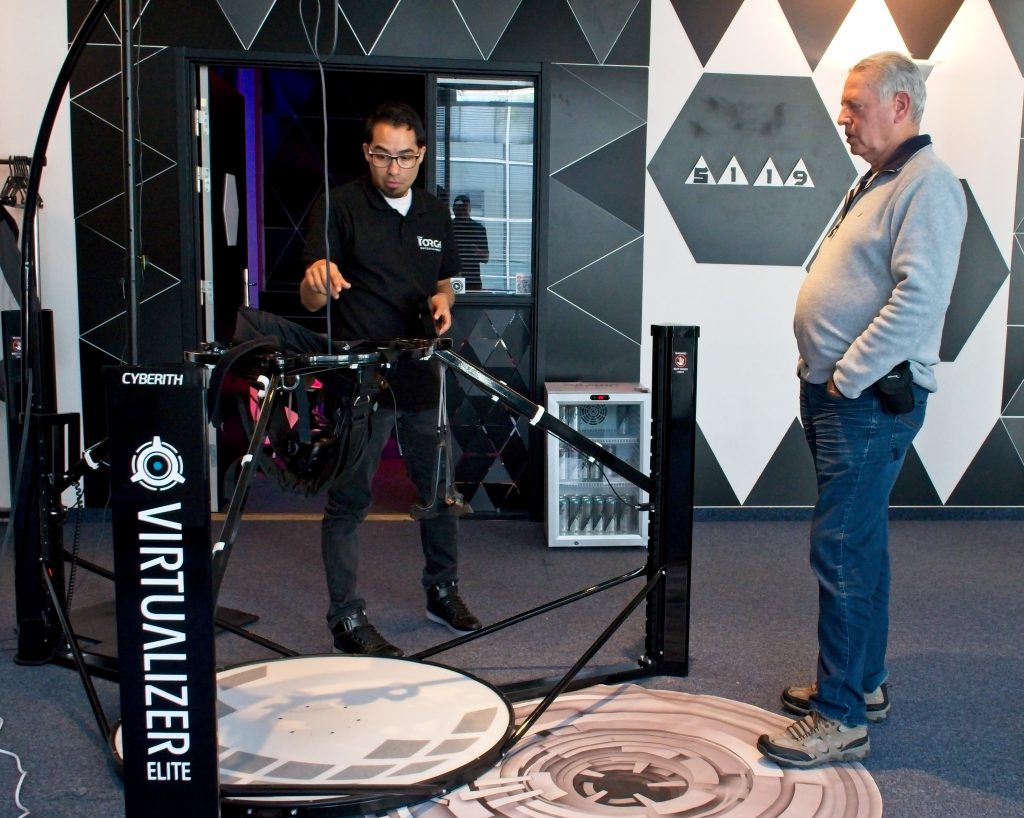
Frank Frank visits TourchVR in Praque in the Czech Republic to learn more about their virtual reality system.
If you were counting the years and looking at this phenomenal cycle, it would have been obvious that the manufacturers were saturating the market with video games that weren’t in the top tier. Credit was available and new game operators were offering C-rated locations 60%.
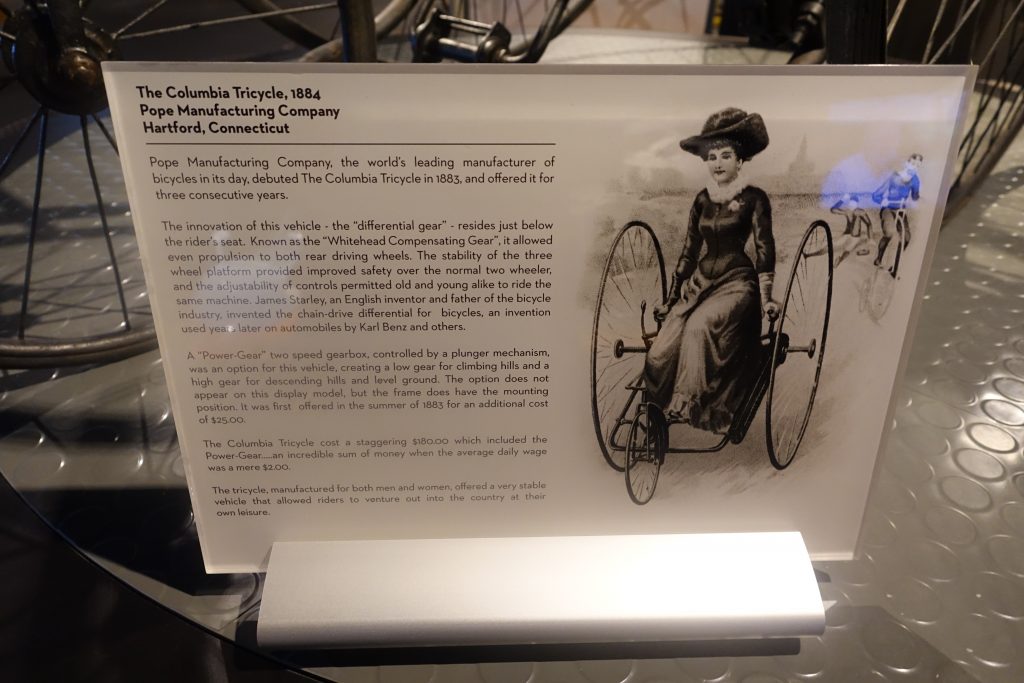
Change is enevitable, so you might as well embrace new technology, says Frank. Just think: The first bicycles were made of wood!
The end would come, but when? My company, Alpha-Omega Amusements, predicted the end would come in 1984 and midway into 1983 we started advertising heavily that we had reconditioned video games for sale at greatly reduced prices. We sold off as many games as we could during a six-month period and then the industry fell off the cliff. That day was known as Black Friday in October 1994.
Our company did okay and we paid off most of our debt, but we could have used another six months of sell offs. During the sell off, we started replacing the video games in arcades and these places we called “family entertainment centers” with redemption games, the next trend cycle we were ready to bet the ranch on. And how lucky we were/are!!!
• Debit Card Systems: The first debit card systems hit the market 20 years ago. There were more than 15 companies. Once again, my company became an early adoptor and we started learning all we could about each of the suppliers. In fact, I did an evaluation of each of the companies and based on that evaluation we started working with Coin Tech, Intercard, Embed and a couple of others.
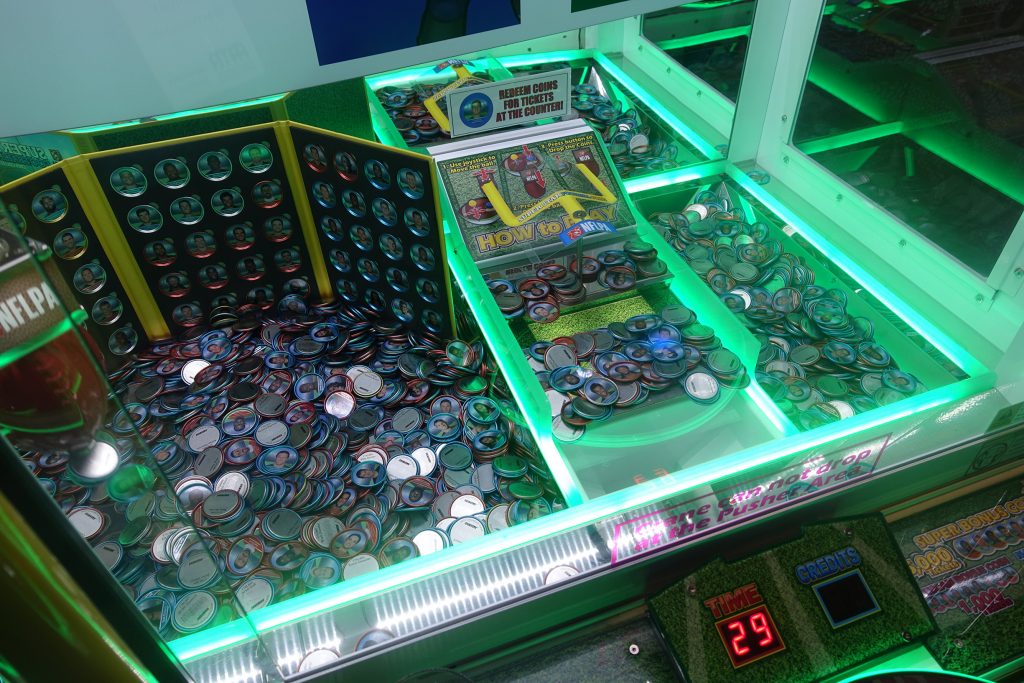
Andamiro’s NFLPA Superstar Football Coins game represents a new spin on redemption with its collectible coins that picture at least one player from each of the league’s 32 teams.
It has now taken the full 20 years for this new technology to gain traction (not sure if it has hit 20 percent of the market yet, but it must be very close). A lot of that growth has taken place over the past three years. Today just about every new FEC uses a debit card system.
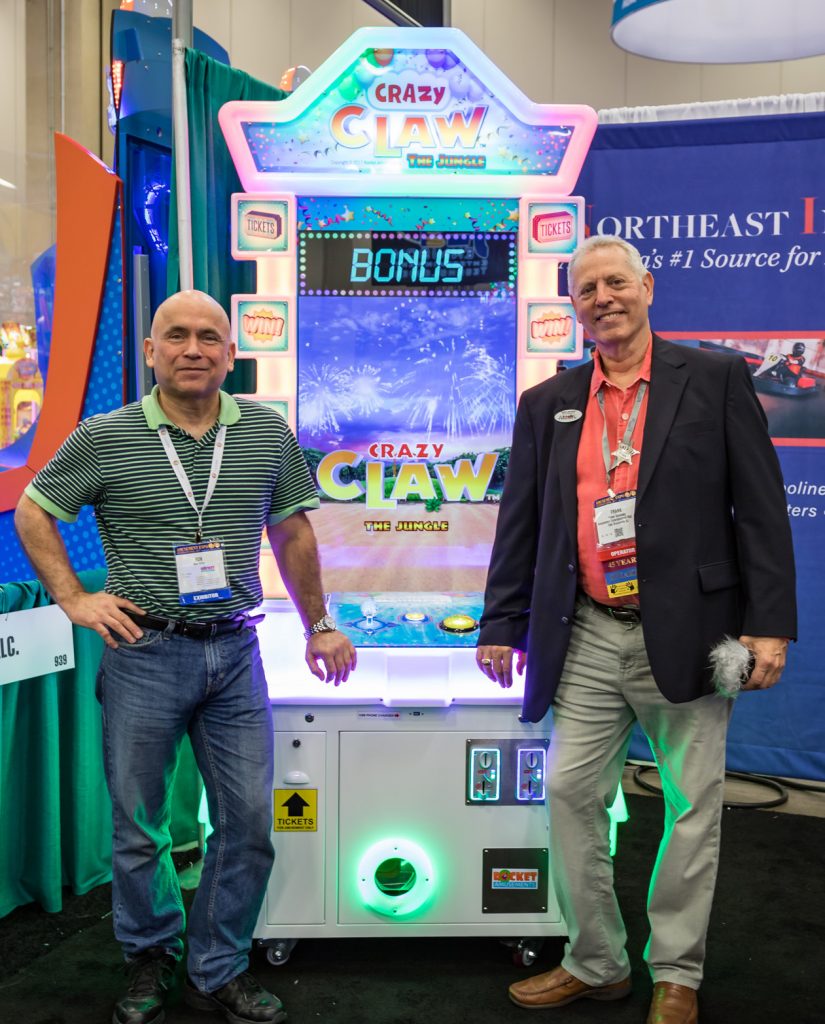
Rocket Amusement’s Ron Siller and Frank Seninsky show a prototype of Crazy Claw at the Amusement Expo 2017. Video redemption is touted to be the fastest-growing game category and Frank says their video crane “is one step forward in technology from Fishbowl Frenzy, the game that started the ‘videmption’ trend. Thank you, Team Play!”
But once again, if history proves anything, in a few more years we may see the use of debit card systems level off and a new technology take its place. It seems natural that it may be the cell phone combined with the major credit card companies (Visa, American Express) that will be the third-party provider of our cashless game and FEC operations.
What we do know is that the smart ones in the industry have already started the process of searching for the next “thing” after debit cards. AMOA is working with Heartland. I’ve seen some of the new cell phone technology (but am under a confidentiality agreement so I can go no further in this article), but I can tell you that technology already exists where a chip can be inserted into a human being, along with special eye contact lenses, that can do pretty much everything a cell phone and a video screen/TV/monitor can do. My hunch is that these new technologies will not be rolled out over the next five years as there are predecessor technologies that will come first, such as VR glasses. Doing so makes it possible for more money to be made.
Never forget that everything is about money. Follow it and you will also be following the emerging technologies.
Closing Thoughts

Putting a new spin on existing tech takes the industry to new levels. Look at this kid climbing a traditional wall structure but with the added twist of a projection showing new “targets” to hit along the way.
It does pay to read trade magazines, go to trade shows, network with your pears, and always discuss “What’s Hot…and What’s Not.” If you want to run a profitable company for 50-plus years (that has always been my goal and now I am just two years away), you must watch the early adopters of every new technology that can be applied to your business. Not everything is going to take off, but the odds are in your favor. Jump in and get your feet wet so you can get hands-on experience. Then, either do nothing further or expand a bit so you can take advantage of early adopter profits. If the trend hits traction, then you know you have at least five more years of profits.
But learn the most important part: The cycle will surely end, and even though you will make profits up until that point, you must start looking for that next new “thing” that will keep your business profitable over the next seven-year cycle.
I’ll even go one step further: You always need to study and embrace new technologies and new concepts. These are the keys to your continued success. Try one and “fail fast” if it doesn’t look promising, but keep moving forward. Never stand still. Change is the driving force that keeps these seven-year cycles –– and your business –– moving forward.
In less than three years, Alpha-Omega Amusements will be celebrating its golden anniversary. I hope to see many of you at our celebtation as it is only fitting that it should take place at an industry trade show. Now to decide which one!
Frank Seninsky is President of the Alpha-Omega Group of companies, which includes a consulting agency, Amusement Entertainment Management (AEM), two nationwide revenue sharing equipment suppliers, Alpha-Omega Amusements, Inc. and Alpha-BET Entertainment, and Alpha-Omega Sales, a full line game and related equipment distributor. A frequent columnist and speaker, he’s set up over 600 game rooms in his 47-year career, and has also held leadership positions in the AMOA and IALEI. He’s a founding member of Foundations Entertainment University and authors The Redemption & FEC Report e-newsletter and a blog at www.frank-thecrank.com. Frank can be reached by phone at 732/254-3773 or by email at [email protected]
(the website: is www.AEMLLC.com).

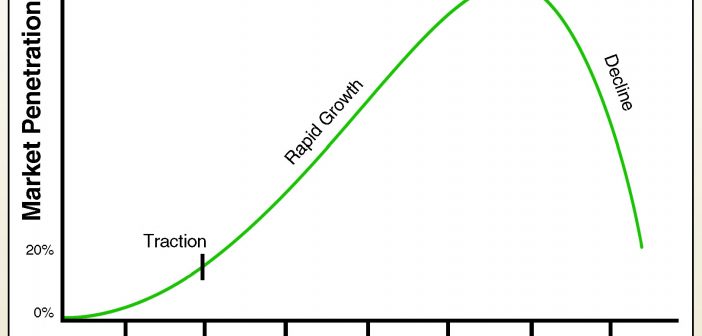



1 Comment
Pingback: What’s Hot…And What’s Not –– Part One - Frank 'the Crank' Seninsky Blog